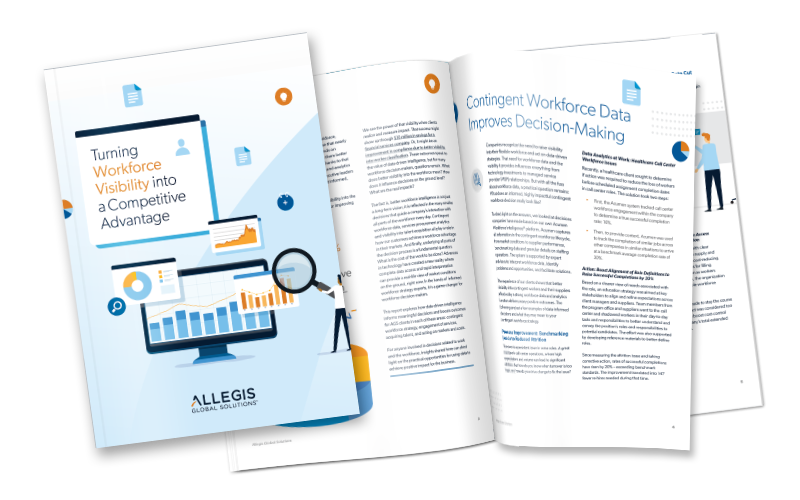How can you measure hard and soft savings?

Hard and soft savings are both crucial parts of any financial management plan. Businesses are often more interested in hard savings, as these have a bigger impact on the overall finances of a company and can be measured easily. On the other hand, soft savings are tough to calculate and it is difficult to value their true Return on Investment (ROI).
When it comes to highlighting the value of their Managed Service Provider (MSP) solution, many clients focus on the hard savings while often not including any soft savings in their analysis. “Our CFO is only interested in the actual savings” is a common quote. However, with the right knowledge, soft savings can and should be effectively converted into hard ones, allowing companies to gain a better understanding of the money saved by their actions.
Benefit #1: Pre-screening candidates
When the solution office of an MSP pre-screens candidates, client hiring managers can reduce the amount of time they spend on interviews. When recruiting new personnel, companies need to consider the rates of hourly pay for all of the people involved in interviewing before dismissing this as a soft savings. Managers do not exist to interview, but rather manage and lead their functional area. Freeing them up from this task may actually increase productivity in their business unit.
Benefit #2: Time-to-fill
If an MSP solution office is actually helping to refine the hiring requisition itself, the quality of the process should improve. If this in turn lowered the time-to-fill, then the decline in numbers of days should be turned into a financial number as well. Say if time-to-fill decreased by 3 days in a job paying $15/hr, then some prorated portion of that pay rate should be included as savings since not having the job filled should theoretically be affecting company performance. 8 hours * 3 days * $15 (prorated for ramp-up time)
Benefit #3: Deference of client resources
For clients who had no form of an MSP previously, the potential exists in the savings of either hiring new resources for those roles or the value gained in freeing up existing resources to fill other roles in the company. This is probably the strongest candidate for soft savings conversion to hard dollars. The time that would have been needed for internal resources to track and solve complaints, find sources for bill rates or other benchmarking, handle supplier negotiations and a myriad of other issues is substantial and no longer necessary in most cases with an MSP.
Benefit #4: Omission of highly inflated candidates
If the MSP solution office is doing upfront screening of higher priced candidates or effectively cuts off communication channels that suppliers would use to pro-market these potential workers to the client’s hiring managers, then there could be actual hard savings that are being missed. To see if this applies to your situation, check to see the usage of expensive contingent workers before and after the MSP solution was implemented. If there were any frequency to these workers getting into the company beforehand, savings can sometimes be calculated as a difference between the average of new placements versus the price of the over-priced resources that were getting through prior to the solution.
Keep track of all your savings
In order to accurately portray all of the MSP’s hard and soft cost savings, the MSP needs to partner with the client to track all transactions and create realistic forecasts so that any savings can be identified immediately. Even simple models designed up front can be used to calculate savings incrementally rather than going back and trying to pull a number out of the air when an annual report is needed on the value the MSP brought to the business.




